Gearing Up With the Latest GPS and Video Cameras
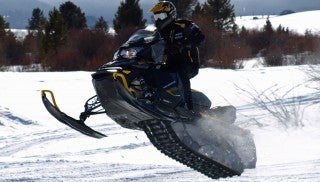
Modern gear keeps us on track for remembering our best rides
When it comes to the world of inter connectivity among modern electronic, digital, gee-whiz devices, this writer pleads a degree of ignorance. Actually, a big degree of ignorance. If left to our own inclinations, we can probably figure things out as well as we have most things in this 21st century. When in doubt we ask an astute video gamer/new media adherent for assistance, which we suspect frustrates them no end.
When it comes to modern technology and snowmobiling, we prefer twist key starting, fuel injection, a clear path ahead and leave us alone. But with the advent of truly remarkable GPS devices that can be fitted to a sled or held in a gloved hand, we’re leaning toward digital screens and away from paper maps. Of course we’ll hold on to that paper map just in case our modern lithium battery flames out or our brain goes into a freeze frame when trying to scroll for information.
A few years ago we experimented with some early versions of handheld GPS devices that were commonly used for hiking or hunting. You could input digital bread crumbs to get from one waypoint to another and back to base. This was an interesting exercise and too often the battery power faltered when we tried it out on a sled. Back then we noted that some touring riders fitted motorcycle and even automotive GPS units to their sleds. They had found a couple of companies that offered downloadable trail system maps, which they added to their devices. Not perfect, but a start to trail navigation programs.
Currently Polaris leads the pack with its emphasis on GPS applications that provide mapping and an ability to find areas for riding, recording rides and sharing ride data as well as the ability to find nearby Polaris dealers. Starting with snow trails on RiderX, Polaris worked to update that into what it calls Ride Command. This latest iteration is designed to work cross-platform for virtually all Polaris power products from sleds, side-by-sides and motorcycles. A “hands-on” event this past August exposed the concept to more than 35,000 people attending the Sturgis motorcycle Rally in South Dakota.
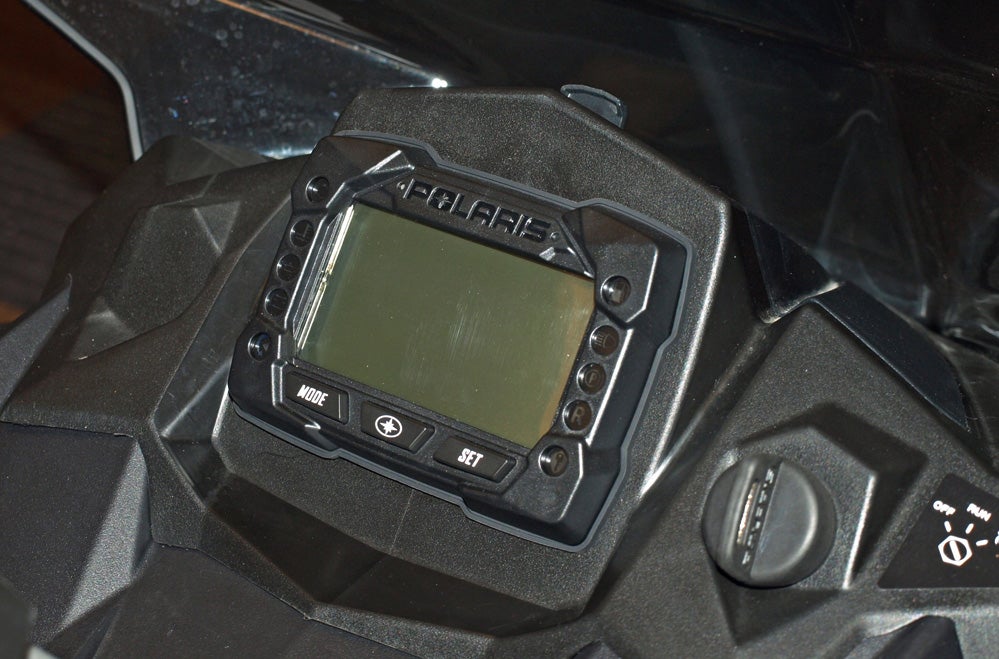
Currently Polaris leads the pack with its Polaris Interactive Display 2.0 and Ride Command GPS applications that provide mapping and an ability to find areas for riding, recording rides and sharing ride data as well as the ability to find nearby Polaris dealers.
Ride Command for snowmobiling continues the trail map and ride sharing functions but does not include the infotainment and communications functions available on select Indian brand motorcycles or a premium four-wheeler. While not the first such device available for motorcycling, this is a unique system for serious off-road and on-trail users who have a limited ability to pair Ride Command Bluetooth technology with their smart phones.
President of Polaris’ off-road vehicle division Matt Homan called this new technology “… a game-changer for Polaris because it enhances the social experience of motorcycle and off-road driving …that is intended to be a social experience, but… can be a disconnected one when you can’t communicate with other people in your vehicles or in your ride group.” Homan feels that Ride Command provides riders the tools to share their ride afterward.
That’s great if you ride a Polaris and have the proper hardware installed. If not, what do you do? You could go “hands-on” and carry a GPS device like we did. Or, you can utilize the Polaris Ride Command app, available for many smart phones via Goggle and Apple app stores.
The Ride Command platform lets you track your ride and download maps of riding areas. It’s really quite simple and user feedback to date has been very positive. One caution, some mapping data could be out of date as landowners may have restricted trail access and the electronic map doesn’t reflect the changes. Please respect real-world on-trail signage to protect your ability to ride.
While Polaris innovates with its Ride Command, Ski-Doo utilizes existing Garmin GPS technology by offering an integrated package for Ski-Doo riders. We were very impressed with how well Ski-Doo’s accessory team incorporated and bundled a Garmin Montana 610 GPS unit into the all-new Gen-4 MXZ 850 models. Since the team was brought in during the sled’s early development stages, the accessory team could complement the design with a package that fit and didn’t look like an afterthought add-on.
Ski-Doo’s package can fit a modern sled or even a Can-Am “wheeler.” The Garmin Montana 610 has a four-inch dual-orientation, sunlight-readable color touchscreen display. This Garmin GPS is waterproof and can withstand bumps, dust, dirt, humidity, rain and snow. It has a dual power design that consists of a rechargeable lithium-ion battery pack or for added flexibility it can be powered with AA batteries.
As snowmobilers we’d add the optional Garmin tempe wireless temperature sensor for US$29.99, which transmits ambient temperature data wirelessly to the device
Ski-Doo and select aftermarket outfitters such as New Hampshire-based GPS Trailmasters offer the bundle for snowmobile or ATV use. An advantage that GPS Trailmasters’ offers is a set of downloadable snowmobile trail maps that includes Maine, New Hampshire, Vermont, New York, Pennsylvania and Quebec.
Having a GPS is a start. Having the maps for it to travel is best of all. While GPS Trailmasters is currently limited to New England, you can find other options such as those for Minnesota snowmobile trails. Check out the Minnesota Department of Natural Resources for downloadable maps. That site provides GPS users with a downloadable Garmin background map containing Minnesota Snowmobile Trails with data showing the state monitored trails, trails within state parks, state forests and other state owned lands, as well as snowmobile trails funded through the Grant-In-Aid Snowmobile system. The MNDNR receives annual data updates from snowmobile clubs around the state. Be sure to read the disclaimers and warnings before downloading data and keep in mind that the MNDNR neither supports or endorses this product.
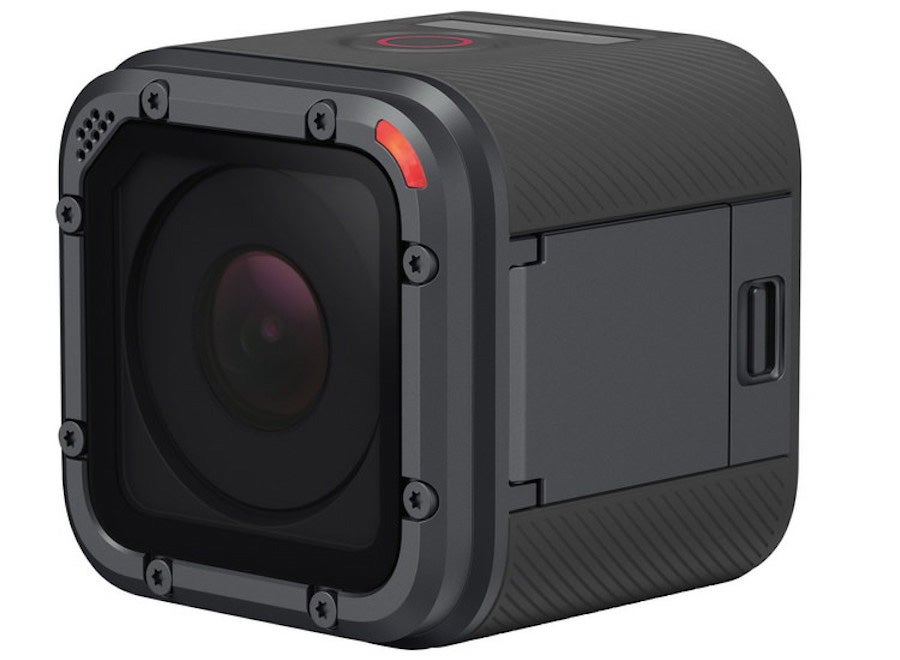
The GoPro HERO 5 Session is rugged, waterproof, incredibly compact and designed so that even a troglodyte can operate and enjoy it
We admit to being digitally backward in some cases. Well, that may be unfair as we tend to be more digitally frustrated than totally backward. With constant change in the media, we’ve reached a point of saturation that limits our interest in the totally new for the sake of being totally new. However, when it comes to onboard recording of images, we marvel at how GoPro has mastered the realm of lightweight, incredibly simple cameras. Take the GoPro HERO 5 Session. This is amazing. It’s rugged, waterproof, incredibly compact and designed so that even a troglodyte can operate and enjoy it. Fitted to GoPro’s low profile helmet swivel mount, this US$300 4K action camera can capture your ride across the wilderness or out to your favorite ice fishing location. How viable is this device? Just know that at the 2016 Winter X Games, GoPro rigged rider Colten Moore with two HEROCast-enabled cameras (one on his helmet and one on his sled) to capture his snowmobile freestyle runs. GoPro captures big air better than anything and allows you to show off to your friends. If you opt for a GoPro Plus subscription, you can auto upload your HERO5 Session photos and videos directly to the cloud for easy viewing, editing and sharing.
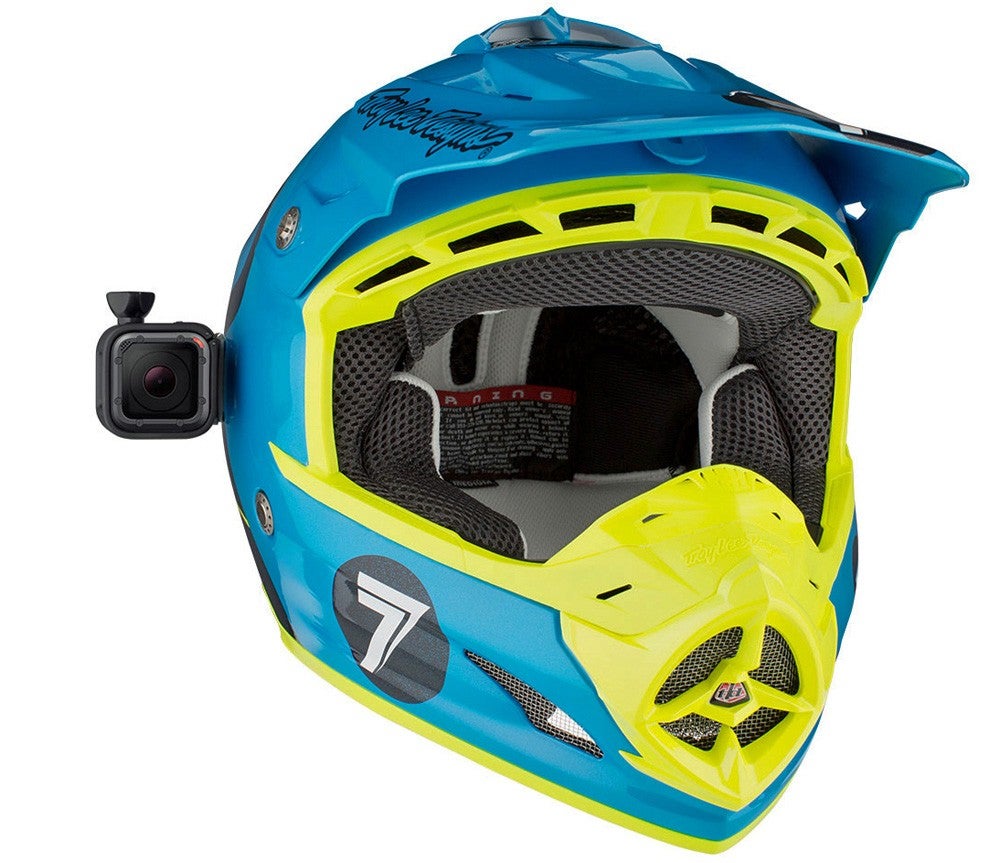
Fitted to GoPro’s low profile helmet swivel mount, the GoPro HERO 5 action camera can be fitted to capture your ride across the wilderness.
Maps and an Instamatic will get you on the trail and record memories, but even this marginally appreciative pre-millennial has to admit that an onboard mapping system and incredibly user-friendly video system would be terrific to have on the sled this winter. Plus, we figure the learning curve to operate these devices can be managed easily over a creamy latte – even if we have to take the time to read an instruction or two.



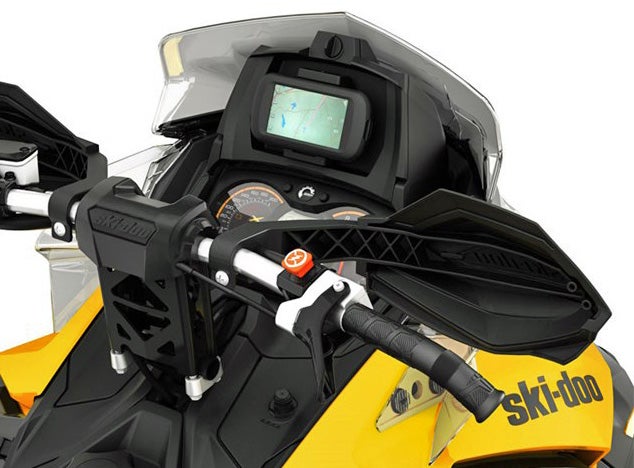
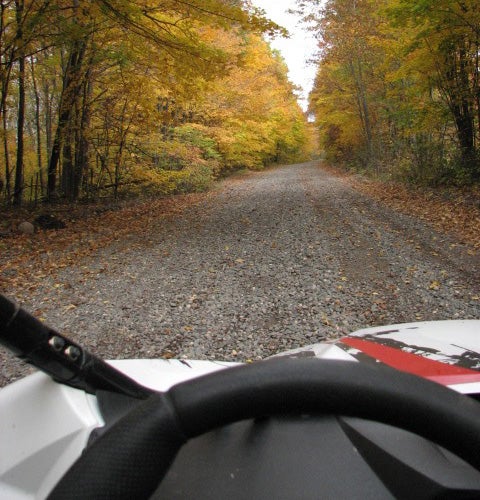

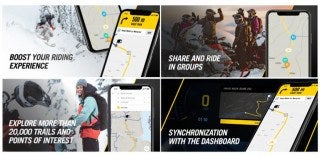
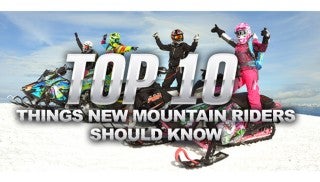


 Your Privacy Choices
Your Privacy Choices